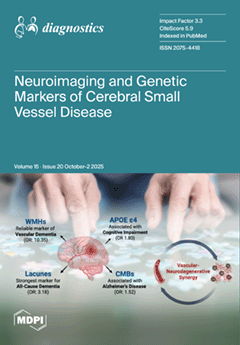Background/Objectives: Oocyte maturation is a process involving both nuclear and cytoplasmic development regulated by epigenetic changes in gene expression. Cyclin-B3 (CCNB3) and cyclin-A2 (CCNA2) genes are thought to be involved in oocyte maturation; however, the expression profiles and key function in Metaphase-I (MI) and Metaphase-II (MII) phases have yet to be fully elucidated. Small non-coding RNA sequences are involved in epigenetic regulation of specific transcriptional targets, whereas microRNAs (miRNAs) participate in the post-transcriptional and translational repression of target genes. This study examined the expression levels of CCNB3, CCNA2, and their associated miRNAs (miR-17, miR-106b, miR-190a, miR-1275) in cumulus oophorous complex (COC) cells derived from MI and MII oocytes of NOR and DOR IVF cases, with particular emphasis on elucidating their functions during the transition from MI to MII stage.
Methods: Follicular fluid containing cumulus–oocyte complex (COC) cells obtained from oocytes of 120 cases in each group NOR MI (
n = 30), NOR MII (
n = 30), DOR MI (
n = 30), and DOR MII (
n = 30) who were admitted to the Istanbul Bahçeci Health Group Assisted Reproductive Treatment Center. Following total RNA isolation from COC cells, the gene and protein expression levels of CCNB3 and CCNA2, along with the expression of miR-17, miR-106b, miR-190a, and miR-1275, were assessed using (qPCR-based assay) and immunohistochemistry (IHC). To investigate the functional roles of COC cell populations, morphological analysis was performed using H&E staining. Additionally, metadata of the cases, including age, number of oocytes, fertilization, and embryonic development rates, were evaluated.
Results: The expressions of miR-17 and miR-1275 were significantly elevated in both NOR MI and DOR MI groups compared to their respective NOR MII and DOR MII groups (
p < 0.05). Additionally, miR-106b levels were higher in the NOR MII group relative to NOR MI (
p < 0.05), while an increase was also observed in DOR MI compared to DOR MII (
p < 0.05). No difference was observed in miR-190a expression between the NOR and DOR (
p > 0.05). Based on the results of H and E staining, the NOR MI, NOR MII, DOR MI, and DOR MII groups exhibited distinct variations in cellular morphology, nuclear characteristics, cytoplasmic volume, and cell density.
Conclusions: CCNB3 is predicted to be a potential candidate for determining MI between the NOR and DOR cases. On the other hand, only for the NOR MII cases could CCNA2 provide evidence of oocyte maturation. Moreover, we determined the relationship between related genes and miRNAs which target CCNA2 and CCNB3. Genetic and protein expression analysis across diverse molecular pathways and miRNAs yielded comprehensive preliminary data regarding the developmental stages of oocytes at the MI and MII phases, and their fertilization potential following maturation shows potential and warrants prospective validation with clinical performance evaluation.
Full article






